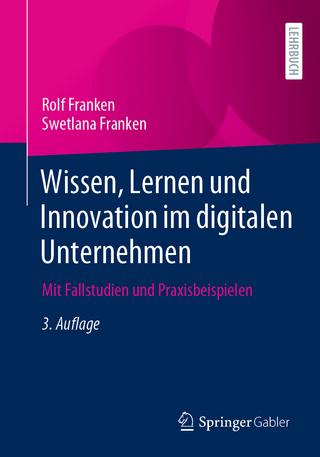
The Path to European Economic and Monetary Union
Springer (Verlag)
978-0-7923-9951-3 (ISBN)
I: Overview of European Monetary Integration.- The Evolution of the European Union (EU).- The History of European Monetary Integration.- Annex I.1.- II: Political and Economic Dilemmas Of the EMU.- The Maastricht Treaty Ratification Process.- The Politics of the Maastricht Treaty.- The Impact of the ERM Crises on the EMU.- The Transitional Dilemmas of EMU.- EU Enlargement Implications.- The Implications of a Multi-Speed EMU.- Annex II.1.- III: Fiscal Policy and the EMU.- Fiscal Coordination and Binding Constraints.- The EU Common Budget and the EMU.- The Role of National Fiscal Policies in the EMU.- Sustaining the Maastricht Treaty Fiscal Convergence Criteria.- IV: The Single Currency, The “Euro”: Costs and Benefits.- Towards the “Euro”.- Costs and Benefits of the EMU.- Costs and Benefits of The Euro.- The Euro’s National and Regional Impact.- Annex IV.1.- V: The European Central Bank.- The European Monetary Institute (EMI).- The European Central Bank.- The Maastricht Treaty Statutory Requirements for National Central Banks.- Annex V.1.- Annex V.2.- Annex V.3.- Annex V.4.- Annex V.5.- Annex V.6.- Annex V.7.- Annex V.8.- Annex V.9.- VI: Key EMU Predicaments and Outlook.- Impact of Common Monetary Policies.- EU Financial Centers: Gains and Losses.- The “City” of London and the EMU.- The EMU and the Global Financial Markets.- The ERM II.- Maastricht Convergence Criteria.- The U.K. Dilemma.- The German EMU Predicament.- The Importance of the Franco-German Alliance.- The 1996–97 IGC Negotiations.- Possible EMU Impediments.- The EMU Blueprint for 2002.- Appendix A: Key Dates In The History Of European Integration.- About the Author.
| Zusatzinfo | XIII, 470 p. |
|---|---|
| Verlagsort | Dordrecht |
| Sprache | englisch |
| Maße | 155 x 235 mm |
| Themenwelt | Wirtschaft ► Betriebswirtschaft / Management ► Unternehmensführung / Management |
| Wirtschaft ► Volkswirtschaftslehre ► Finanzwissenschaft | |
| Wirtschaft ► Volkswirtschaftslehre ► Makroökonomie | |
| ISBN-10 | 0-7923-9951-X / 079239951X |
| ISBN-13 | 978-0-7923-9951-3 / 9780792399513 |
| Zustand | Neuware |
| Haben Sie eine Frage zum Produkt? |
aus dem Bereich


